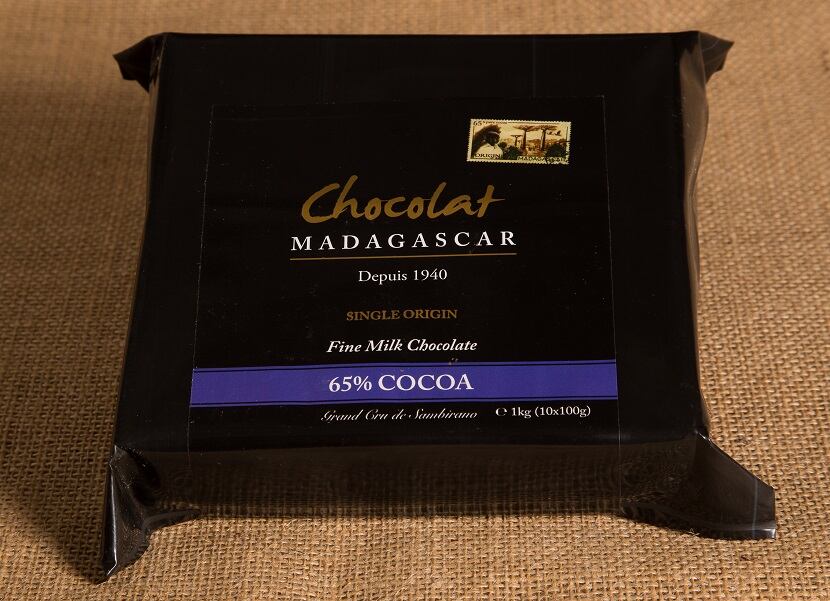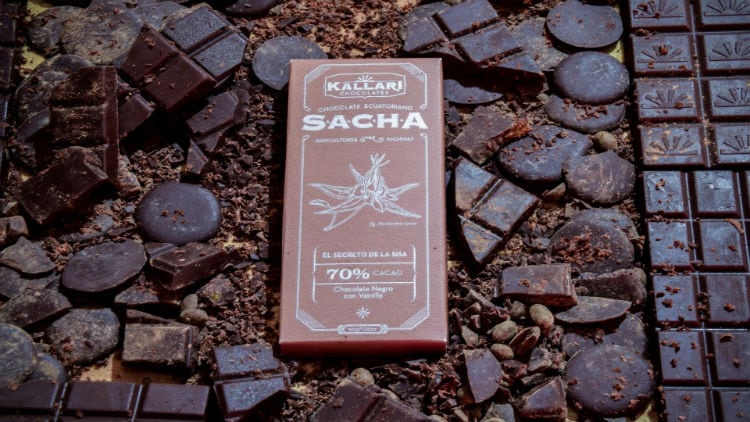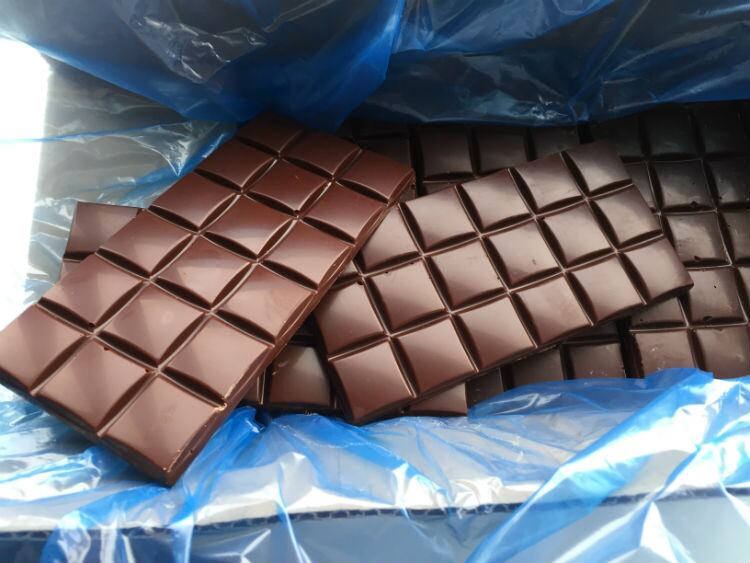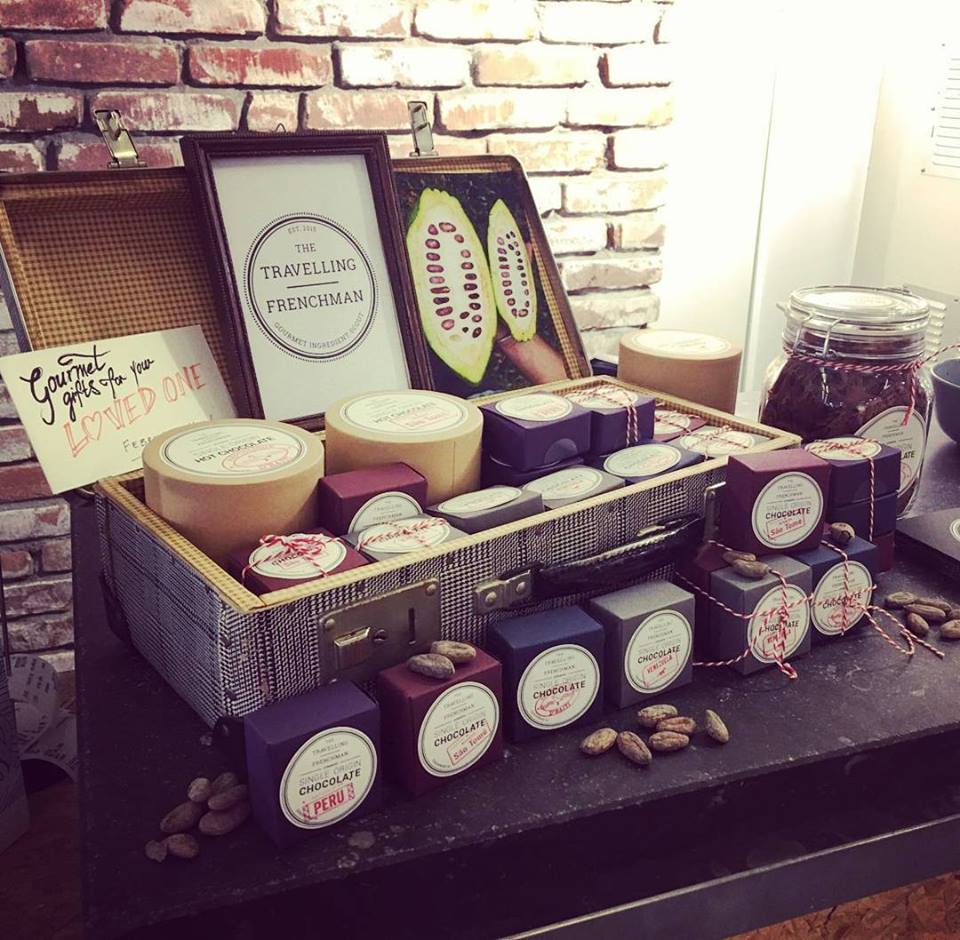Known primarily as an exotic hideaway off the east coast of Africa, and home to unique species of plants and fauna, chameleons and lemurs, Madagascar harbors another secret: its single origin cocoa.
Tucked away in the northwest of the island in Sambirano (14 degrees south of equator) are the plantations situated in the most southerly point of the earth’s cocoa-growing region and producing approximately 8,000 metric tons of cocoa beans annually (0.1% of the world’s cocoa output). The cocoa is grown in the organic rainforest that provide shade for the cocoa trees, and also protecting the country’s endangered habitat.
Madagascar cocoa has been designated a ‘fine flavor’ by the International Cocoa Organization (ICCO) and was first introduced to the island from Réunion island by the French in the late 18th century. The first plantations were located on the east coast. They were moved to the north in the 1900s, partly to shelter against the seasonal cyclones blowing off the Indian Ocean, and also to benefit from the region’s unique terroir, responsible for Chocolat Madagascar’s fine, fruity flavor.
What makes Madagascar unique is that it produces rare cacao that has aromatic forest fruit and citrus flavors, a wonderful foundation for fine chocolate, said Neil Kelsall, marketing director at Chocolat Madagascar, when we met earlier in the year at ISM/Prosweets 2019.
“There is no need to add other flavors such as vanilla and more sugar, or chemicals (alkalise), which is a very common solution with the less palatable mainstream bitter cacao commodity.”
Madagascar grows three types of cocoa bean: Criollo, Forastero and Trinitario, as well as employing 700 farm workers on the plantations, family-owned Chocolat Madagascar owns the Chocolaterie Robert factory near the capital Antananarivo, in the centre of the country, which employs a further 150 people.
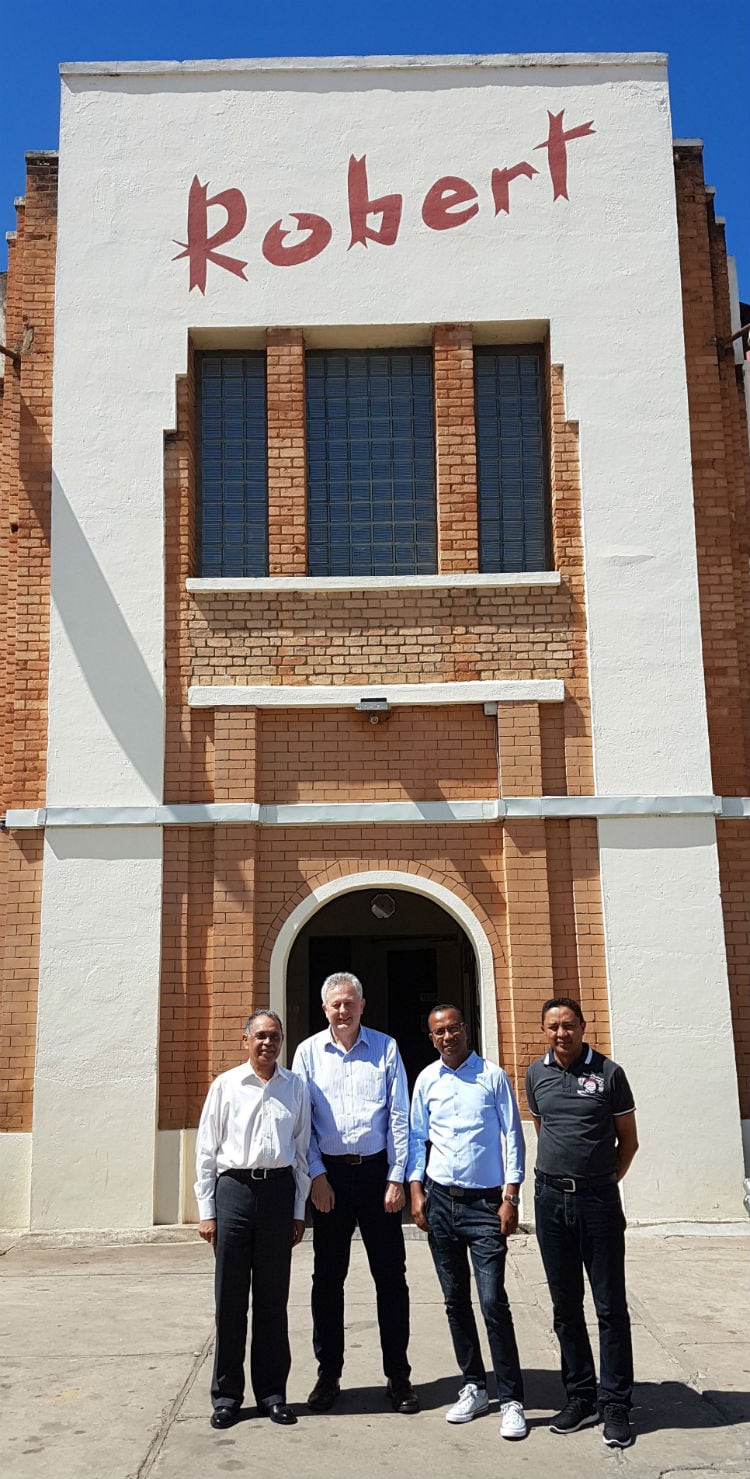
“Everything we do is a lot higher than the standard milk chocolate bar,” says Kelsall. Normally, milk chocolate bars use around 25% milk chocolate. Our milk chocolate is from 40% right up to 80%. We also produce white chocolate, which we call ‘white gold’, because we use from 37% to 45% cocoa butter.
“The key thing for us is we're aiming for fine flavor and it's fresh. We grow the cacao, ferment it and dry it, and then we make it fresh in the factory, within a few days. It’s all done in the same country, like producing cheese or a cider."
Situated in the Indian Ocean 250 miles from the East Africa coast, Madagascar cocoa does have one major impediment, and that is getting the chocolate off the island, without it melting. It is done by using refrigerated reefers, or containers.
“There is not enough market for the bars in the shipping containers. You've got to mix it together with other cargo. The issue for us is finding the right distribution channels, we export about 120 tons, the capacity of the factory on the island is 600 tons,” said Kelsall.
The company has recently increased its capacity after it bought a new 2,000 hectare plantation in 2015, which will give it the capability to produce 1,000 tons in the next 10 years.
Chocolat Madagascar is primarily a B2B company and started working with HB ingredients, based in Lewes, East Sussex in 2013, to help with exports of its couverture and bars to the UK and the rest of Europe.
Kelsall joined the company in 2004, with a brief to ‘raisetrade’, which he explained is different to fairtrade. “Our farmers nurture the finest cocoa and are paid premium prices that depend on the quality of the rare cocoa beans harvested.
“The higher income raises the standard of living of the farmers. The fine cocoa is then carefully prepared by fermenting and drying. Usually most cocoa is then exported to chocolate factories around the world where the beans are then turned into chocolate. However, in our case, the fresh cocoa stays in Madagascar to be crafted into fine chocolate at the Chocolaterie Robert factory. We want to export value added products, such as high quality cocoa, butter, powder, couverture chocolate, baking chocolate liqueur and bars, which are all made at origin.
“This raises the skills, the value and ultimately contributes to raising the wealth at origin, under the Raisetrade concept," he said.
Kelsall said that, after his presentation at ISM, Chocolat Madagascar has a number of new European distributors interested in retail.
“On the retail side, we are dealing with a fine single origin type of chocolate. It's not the same as mainstream chocolate, so our bars will retail around £6 ($7.77) for 85 grams. We have won around 40 international awards since 2013 and we make a dark range from 65% cocoa right through to 100%, organic or non-organic.”

